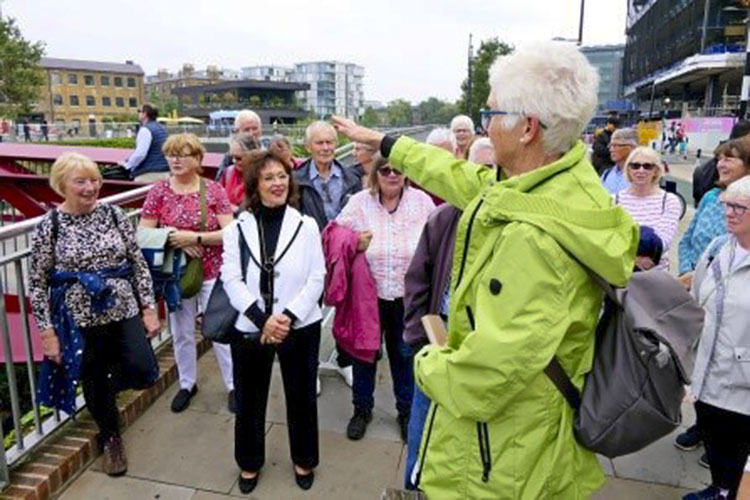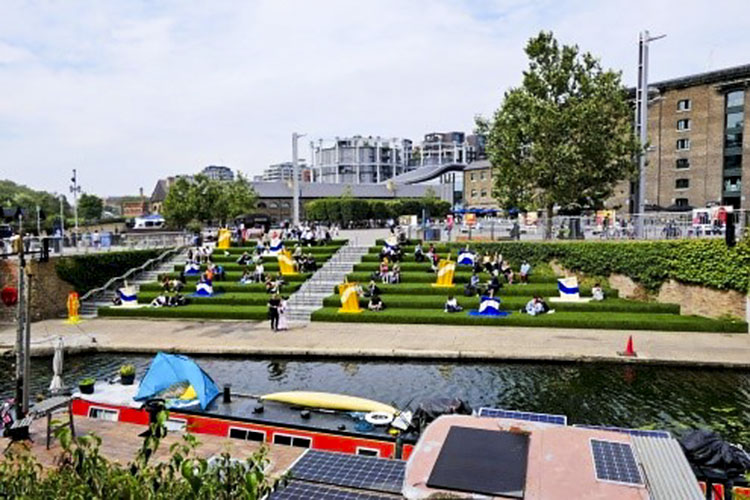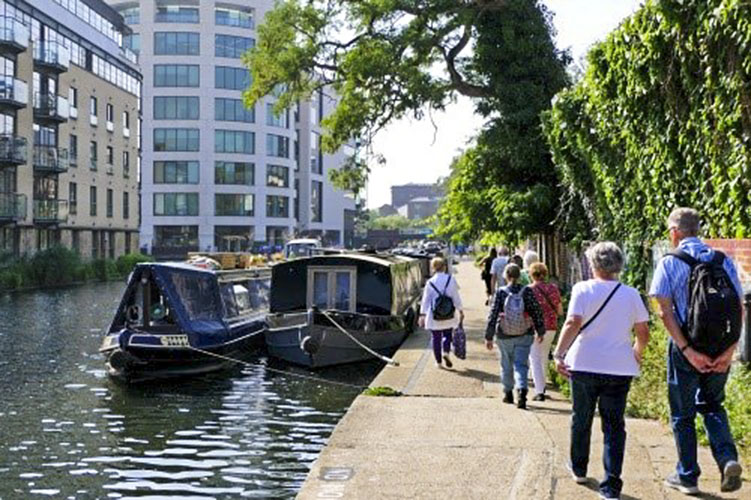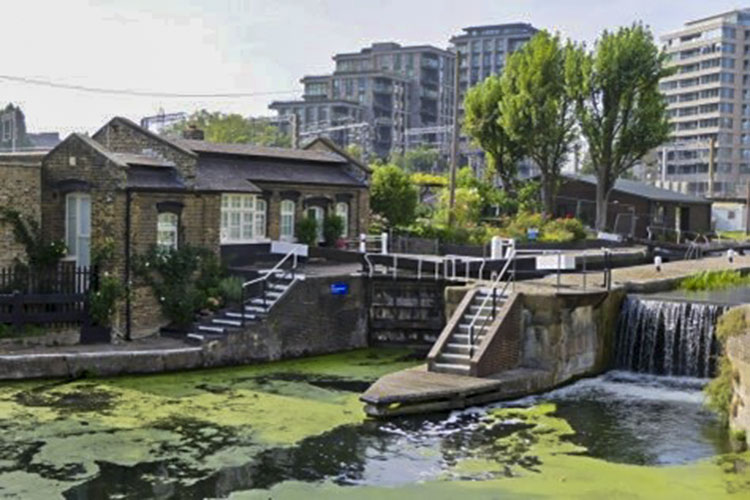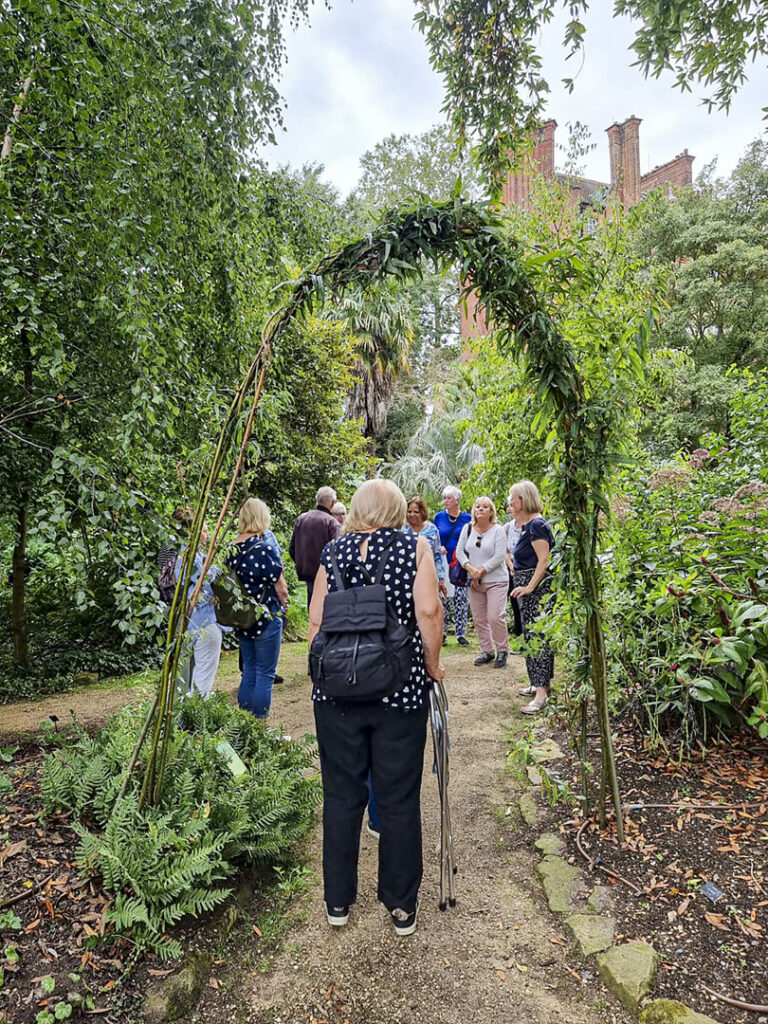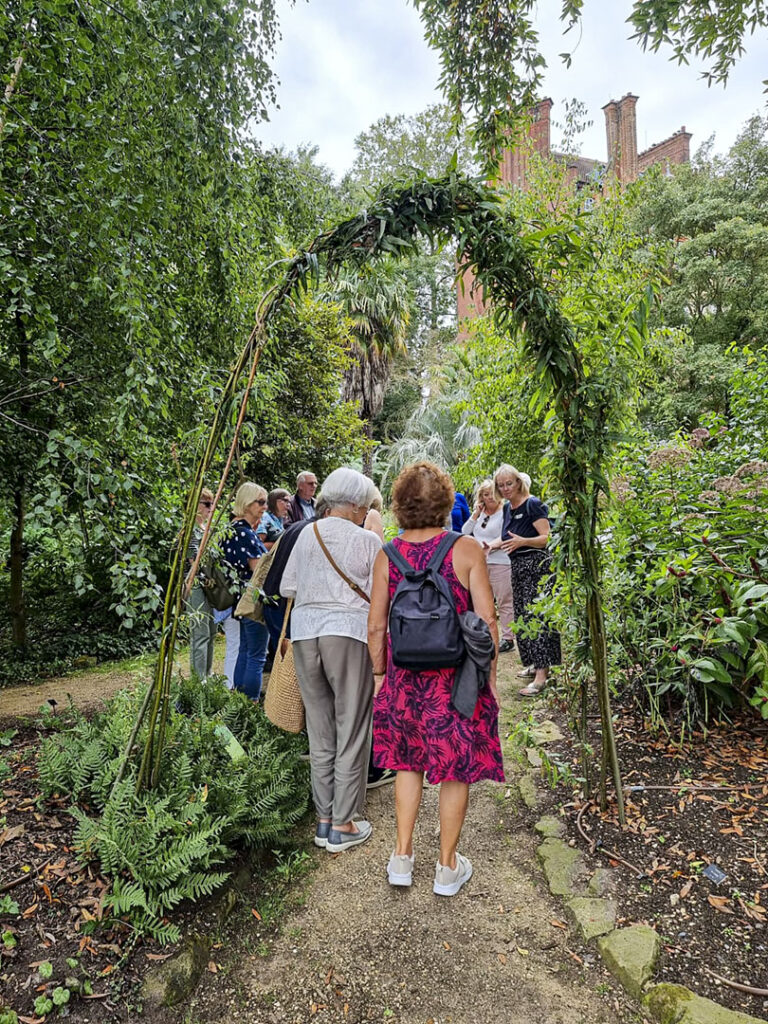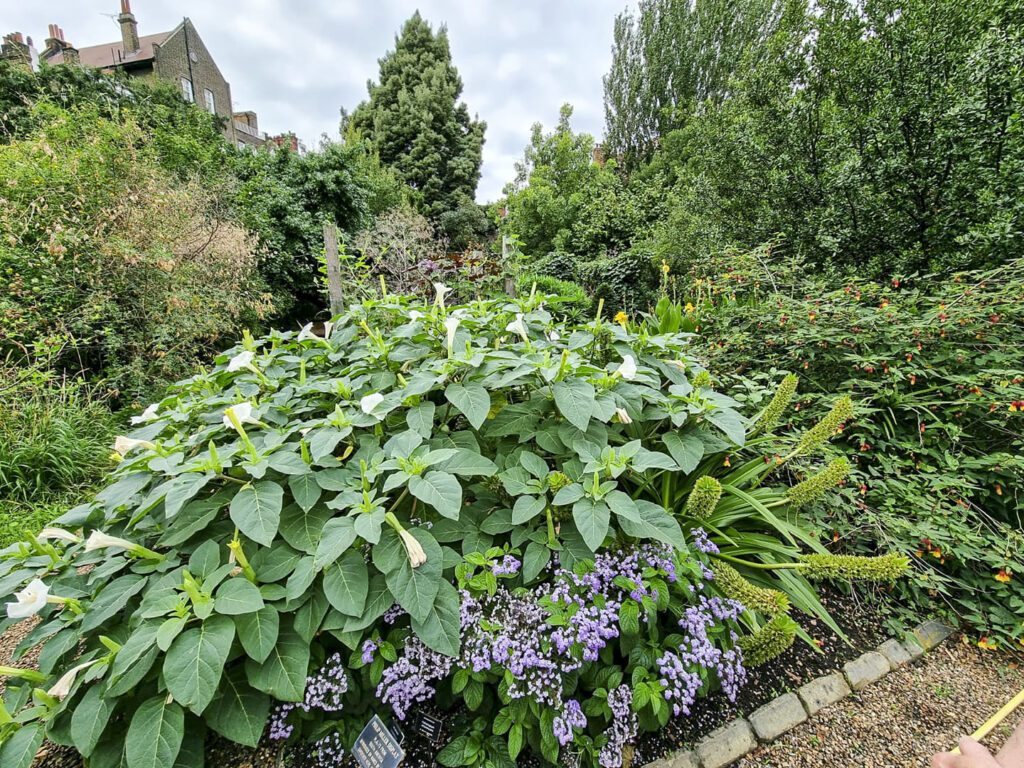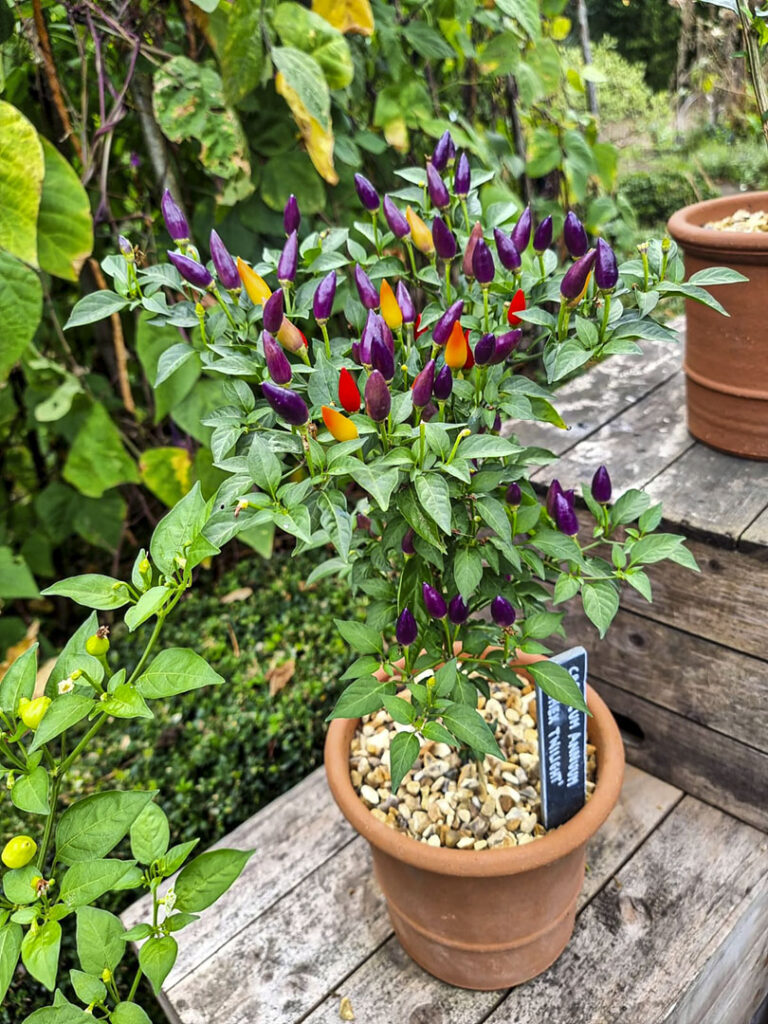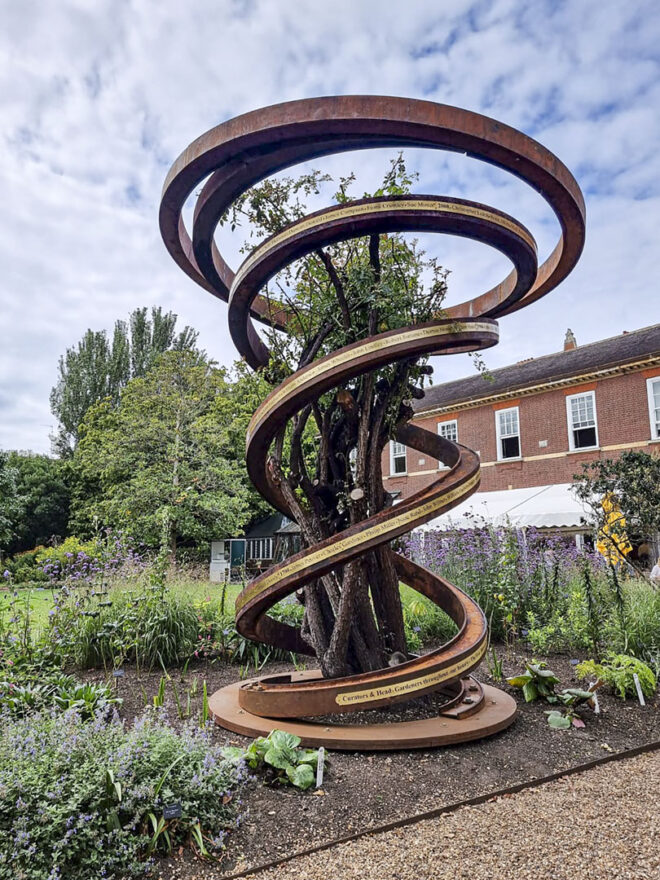
A review of the groups recent visits to the London Canal Museum and The Physic Garden in Chelsea.
With thanks to Maggie Reeve and Jackie Wiggins, respectively, for the photos in this expanded article.
London Canal Museum
Our visit to the London Canal Museum was the most popular trip we’ve had this year, with over 30 of us journeying from Windsor to Kings Cross.
From Kings Cross we had time (after dodging the heavy showers) to explore the cafes and shops in Granary Square and Coaldrops Yard. This is a very historic area and much improved in recent years – rather than warehousing and work, it is now a vibrant area for all types of leisure activities.
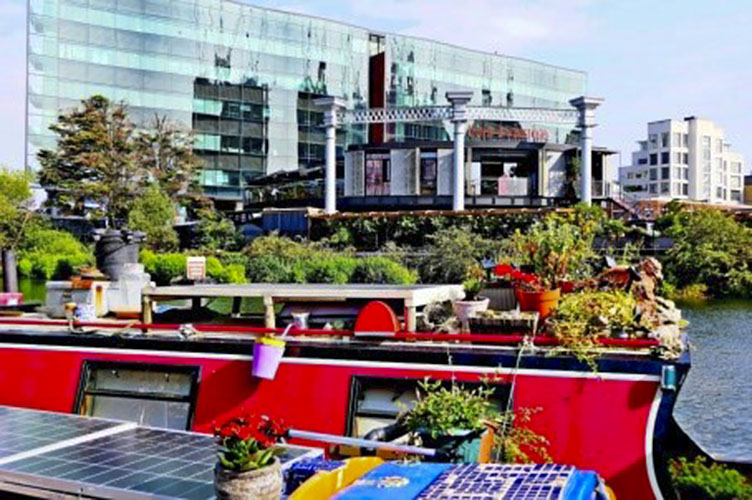 by Maggie Reeve
by Maggie Reeve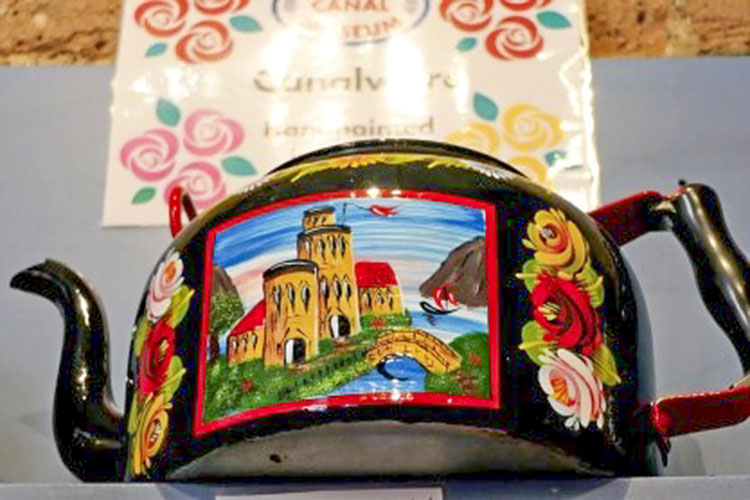 by Maggie Reeve
by Maggie Reeve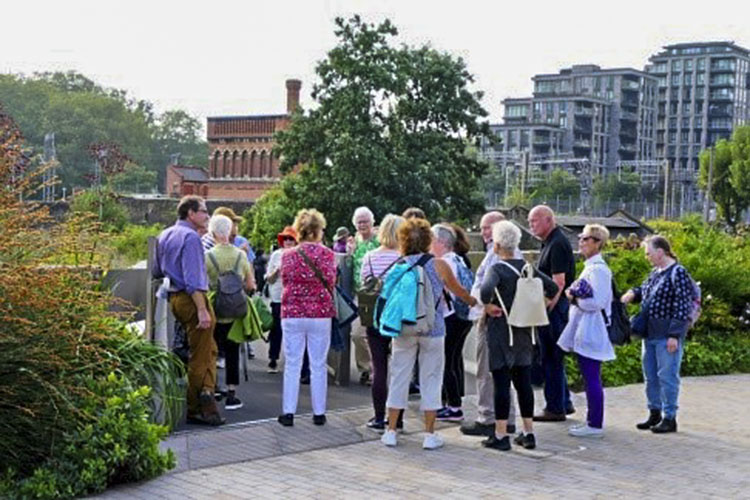 by Maggie Reeve
by Maggie Reeve
After lunch the group walked to the London Canal Museum where tea and biscuits were available, followed by a welcome talk by a very knowledgeable guide. The group were then split into two for a guided “nature” walk along the canal tow-path, ending at the Camley Street Nature Reserve. The tow path is surprisingly colourful.
The warehouse that the museum occupies was once an ice warehouse, with two huge ice wells – one of which is still partly open to view. The ice came on boats from Norway, was stored and then distributed around London using barges pulled by horses. The horses were stabled on the first floor of the warehouse. It is certainly a museum with a difference!
Maggie Reeve
The Physic Garden, Chelsea
Another delightful adventure for London Explorers 2 took them to the Chelsea Physic Garden which is celebrating its 350 anniversary this year. It was established as the Apothecaries’ Garden in London, England, in 1673 by the Worshipful Society of Apothecaries to grow plants to be used as medicines and to train apothecaries to identify different plants, and to understand their uses.
This sculpture is inscribed with the names of head gardeners since the garden was established.
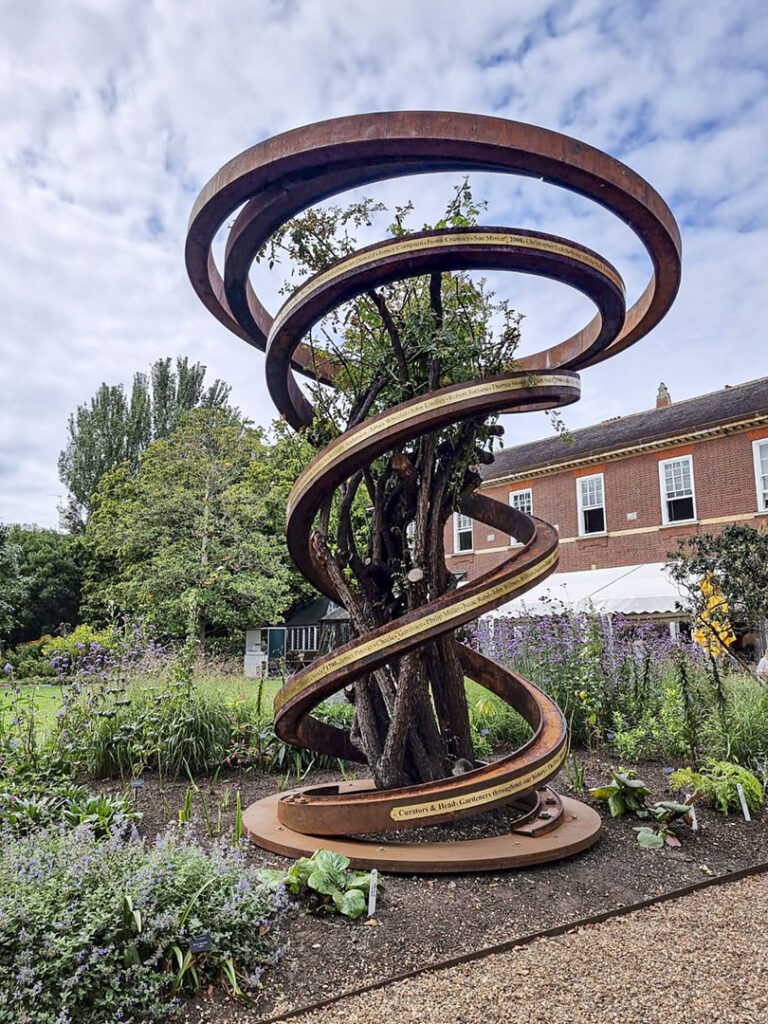
In the 1680s, Sir Hans Sloane, trained at the Chelsea Physic Garden and became the personal physician to the Duke Albemarle in Jamaica, which was then a British Colony. Having made his money, Sloane returned to England and bought the manor of Chelsea. (Hence Sloane Square!). This included the Chelsea Physic Garden.
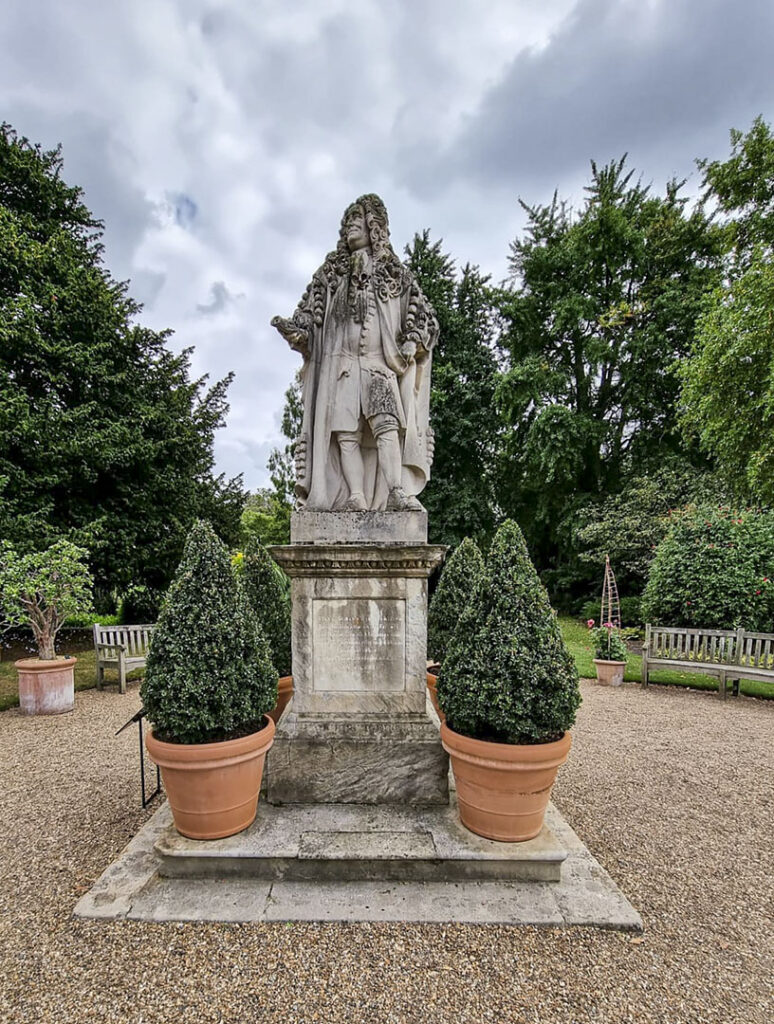
In 1722, Sloane agreed to rent these four acres to the Worshipful Society of Apothecaries for £5 per year in perpetuity. This ensured that the Garden would forever be used as a place to teach people about plants and still today investigations and experiments are being carried out into the medicinal use of plants.
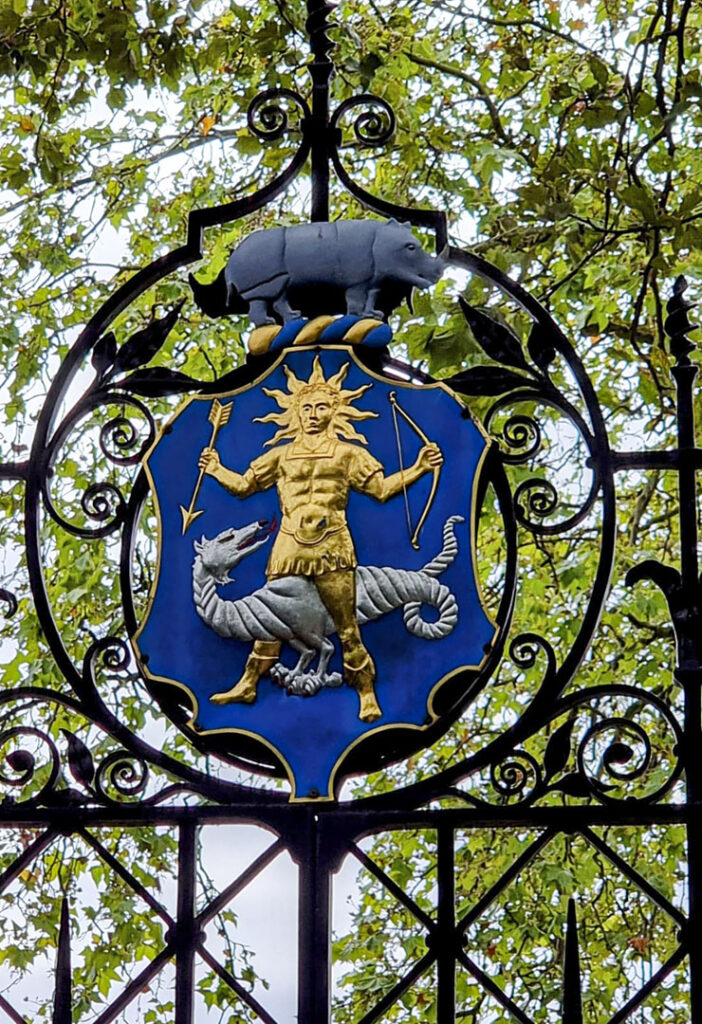
Our guide was extremely knowledgeable and pointed out beds of poisonous plants, edible plants, useful plants and plants being used medicinally for oncology treatments, for ophthalmic treatments and urology.
This is a fascinating garden and well worth a return visit.
Jackie Wiggins

